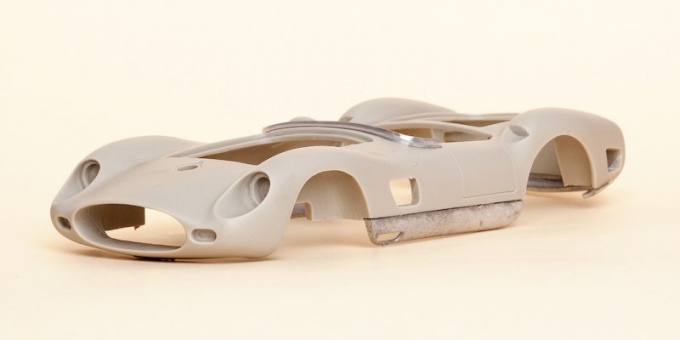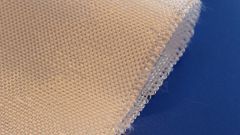You will need
- - fiberglass or glass Mat;
- epoxy or polyester resin;
- - hardener;
- - tassels;
- - scissors;
- gloves.
Instruction
1
Choose the type of fiberglass depending on the purpose of its application. Small details make better thin fabric of low density (up to 250 g/m2). But thick dense (more than 300 g/m2) allows you to quickly and easily dial thickness for thick sections. It is convenient to use the so-called glass Mat, which is chopped fibers.
2
Pick the right resin for the job. Polyester resin impregnates the material better, dries faster. Epoxy is easier to find it is more affordable, but dries several times longer. Conveniently, if there is a color indication of resin in the process of drying it changes color.
3
Don't forget the curing agent, each resin must be chosen specifically. It is best to take the advice of the seller if you choose, but you can experiment: mix a trial batch and within an hour to assess the result: if the mixture has not even begun to set, change the proportions or composition. Recommended mixing ratio: 2-3% (not less than 1% and not more than 5%) curing agent.
4
In detail, a copy of which to obtain, apply the cut piece of fiberglass, with a brush saturate it with a mixture of resin and hardener. Then another layer of cloth, again impregnation. For once you can put up to 3 layers, leave to dry for a day. When the resin has dried, add 2-3 more layers and thus build up the desired thickness. To dissolve the resin and hardener every time, it is convenient to use disposable plastic cups.
5
Please note: at some point, the resin becomes gelatinous, thus it cannot be applied to the surface, but you can still mess up the mechanical action. Drying in the sun the detail is not recommended, it can crack.
6
Not to spoil the original item from which a copy is made, it before work, apply a wax composition, or plastic wrap or masking tape.
7
If you want to connect the two parts together, first strip smooth the surface with sandpaper to make it rough. Then apply a mixture of epoxy or polyester resin with hardener and hold them tight.
Note
To work with fiberglass you only need gloves otherwise your hands will be a couple of days to itch. If small hairs all the same penetrated the skin, apply a baby cream.
Useful advice
When working with polyester or epoxy resin all around it may be sticky. Therefore, it is convenient to use disposable cups and the scissors and brush polyethylene wrap.






